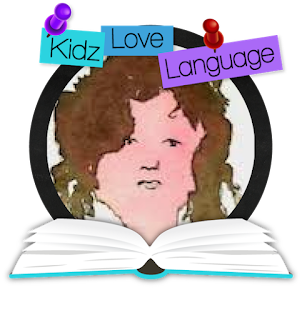I spend a great deal of my time training people to be good communication partners to children learning to use aac systems and learning to communicate. There are some simple key things that I stress - that seem to be more complex than they sound.
It may sound obvious, but the first two items - creating a positive communication environment and responding to all the student’s communication attempts - aren’t as simple as they sound.
It means being responsive to a child’s communication attempts all the time. Responding to whatever the child does to attempt to communicate can be difficult - especially when there are other people and activities in the environment. Subtle movements and behaviors can sometimes escape our notice. And when we’re busy with other children, how can we always respond to just one? It is, indeed a juggling act. But if we make it a priority to respond positively to all students, I have found that we can make it feel to all students like they are being heard (or seen).
It means being responsive to a child’s communication attempts all the time. Responding to whatever the child does to attempt to communicate can be difficult - especially when there are other people and activities in the environment. Subtle movements and behaviors can sometimes escape our notice. And when we’re busy with other children, how can we always respond to just one? It is, indeed a juggling act. But if we make it a priority to respond positively to all students, I have found that we can make it feel to all students like they are being heard (or seen).
The hardest part, actually, seems to be getting parents and teachers alike to ask more open ended questions. Asking yes/no questions has become a habit. It is often the only way they have gotten responses they understand from the student(s). But if we're going to grow language, we need to ask more open ended questions, so that students have the opportunity to make more complex responses.
The third - using the student’s aac system to talk to him - is really key. Using partner aided input - also called Aided Language Stimulation - makes all the difference in the world. Parents and staff sometimes get the “deer in the headlights” look when I start to talk about this. But we walk through the child’s day and choose 1 activity to start with. Only when the adults feel comfortable with using pictures to communicate during that activity do they move on to another. This way, ALgS happens more consistently and is not abandoned.




No comments
Post a Comment